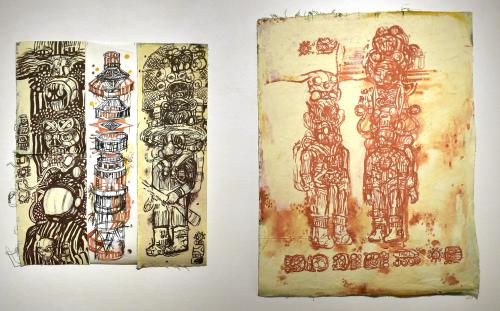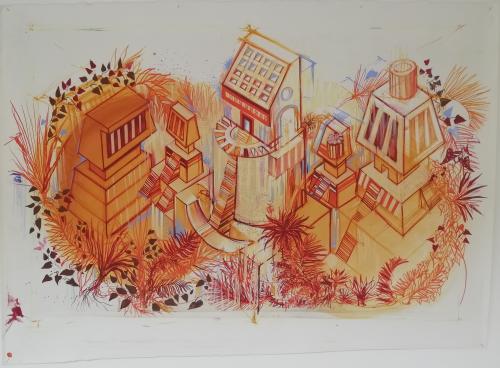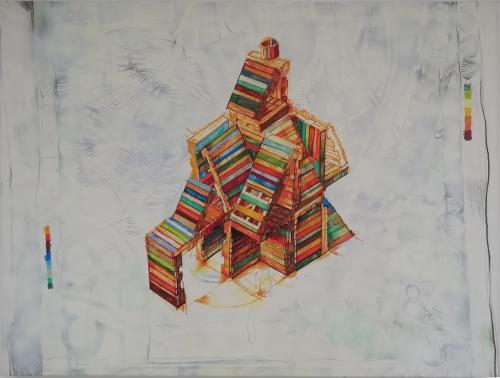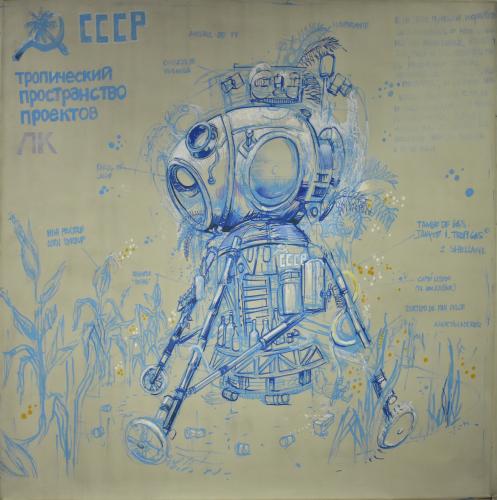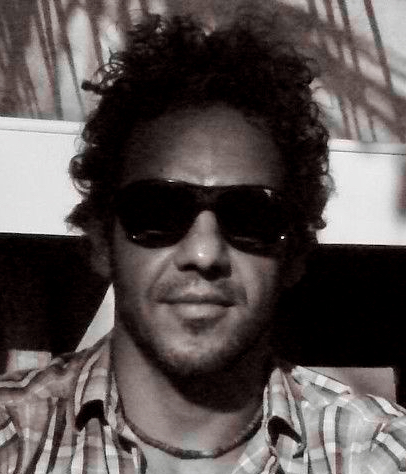
Simón Vega
Simón Vega is an established mid-career contemporary artist. Simón Vega was born in 1972. Also born in 1972 and of this same generation are Uzi Katzav, Mike Malm, Pedro Diniz Reis, Radina Dankova, and Gusti Ayu Suartini.
Simon Vega grew up during the 1990s and was inspired by the artistic atmosphere of the time. Art in the 1990s was defined at the start of the decade by a group of artists in the United Kingdom that came to be known as the YBAs, or Young British Artists. They were a diverse collective of creatives, affiliated loosely by their age, nationality, and their association with Goldsmiths and the Royal College of Art in London, as well as being favoured by super collector of the time Charles Saatchi. The most successful artist of the group is Damien Hirst, who was also an early organiser of group activities. Other artists included Chris Ofili, Tracey Emin, Marc Quinn, Gavin Turk, Sarah Lucas and Sam Taylor-Wood. Much of their work became known for shock tactics and the sensationalism of both material and message. They also became known for their use of throwaway materials, wild-living, and an attitude that was simultaneously counter-culture rebellion but also entrepreneurial.
They gained considerable amount of media coverage and dominated British art during the decade. Their international shows in the mid-1990s included the now legendary „Sensation“. Also gaining prominence at this time was a developing trend in Japan related to the huge boom in advertising and consumerism that took place during the economic dominance of the 1980s. The indigenous comic book culture of manga, allied to trends in advertising, graphic design and packaging, saw a young artist called Takashi Murakami develop his theories which he coined „Superflat“. Influenced by his experiences in New York City in the mid-1990s, Murakami was to form a significant group called Kaikaikiki, which became internationally renowned as an artistic group.
Conceptual photography led by German ideas and artists came to prominence. Artists such as Andreas Gursky, Thomas Struth, and Wolfgang Tillmans gained international recognition, and inspired other artists such as the Canadian Jeff Wall, who experimented with the kind of cinematic expansiveness associated with the German artists’ work. Painters like Albert Oehlen and Martin Kippenberger exerted a strong influence on less established artists. Relational Aesthetics became a key idea. It was a term coined by curator Nicolas Bourriaud in the 1990s to describe the tendency to make art based on, or inspired by, human relations and their social context. Works by artists such as Douglas Gordon, Gillian Wearing, Philippe Parreno and Liam Gillick were described as significant artists who worked to this outline. A proliferation of trends characterised the decade, including the highly derisive sculpture of Maurizio Cattelan, and highly sensitive advancements of conceptualism as shown in the work of artists like Felix Gonzalez-Torres.
Simón Vega creates drawings, ephemeral sculptures and installations inspired in the informal, self-made architecture and vendor carts found in the streets and marginal zones of El Salvador and Central America. These works, assembled with wood, cardboard, plastic and found materials often parody famous Modernist and mythological buildings and cities, surveillance systems as well as high-tech robots and satellites developed by NASA and the Soviet Space Program during the Cold War, creating an ironic and humorous fusion between first and third world, while commenting on the effects of that conflict in today’s Central America.
He has exhibited his work extensively in Europe, the United States and Latin America, including the 55th Venice Biennial in Italy, the IX Havana Biennial, in Cuba, the Museo del Barrio's "The S-Files" show in New York in 2011and at the Bronx River Art Center in 2008, both in New York City, as well as at the Hilger BROT Kunsthalle in Vienna, Austria (2010 & 2012). He currently lives in La Libertad, El Salvador.
